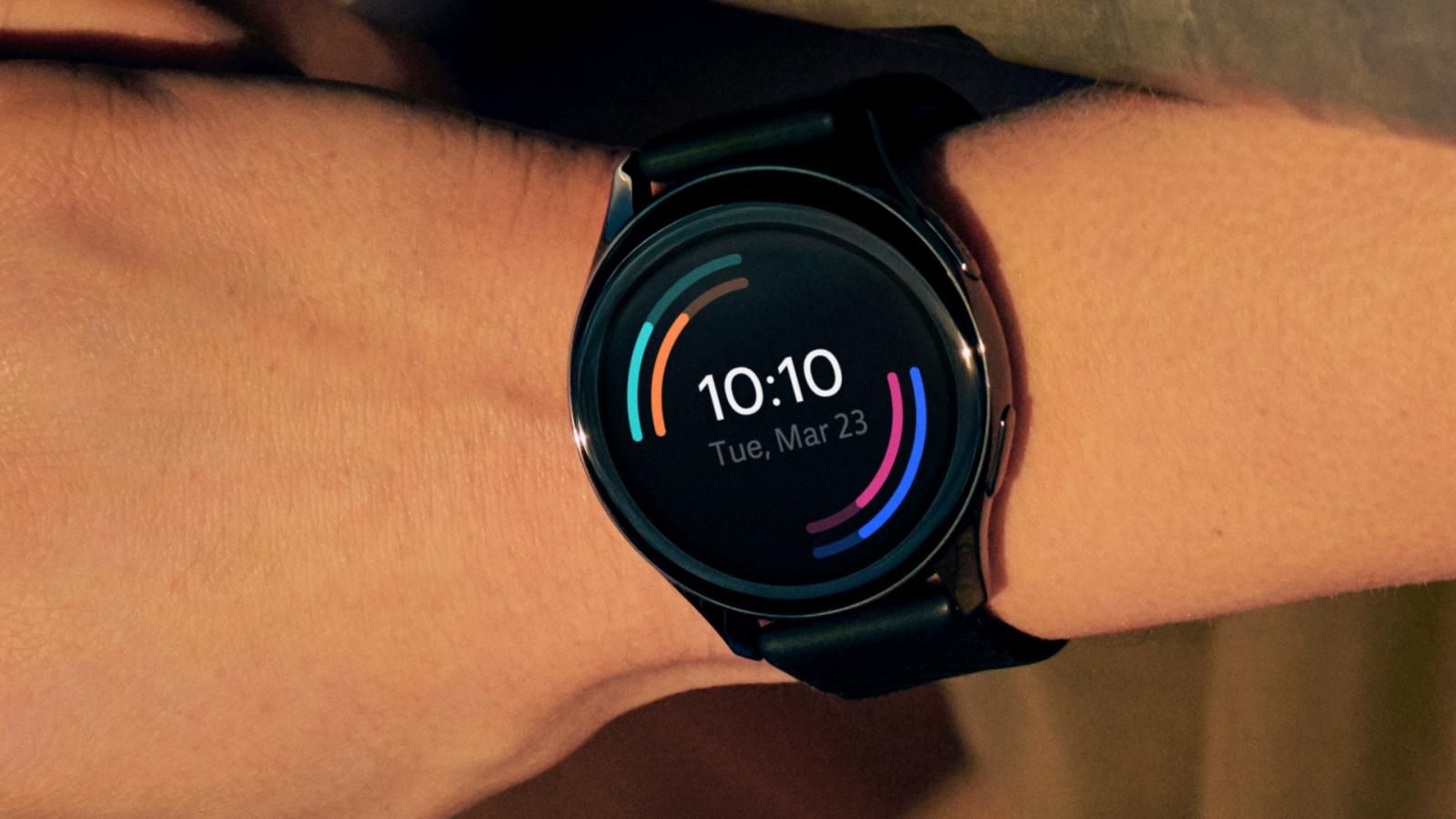OnePlus Watch wasn’t as well-received as the company had hoped for, especially after years of speculations and hype. And I am summarizing all the criticism it received rather mildly here. In typical OnePlus fashion following a botched product launch, the company listened to its community and announced that it will address some of the major shortcomings via software updates. Today marks the beginning of that redemption journey, as OnePlus has released the B.48 update for its smartwatch. The biggest upgrade that it brings to the table (or to your wrist, for accuracy sake) is an always-on display mode.
Always-on mode is here, but at a huge cost!
It is a well-known fact that an always-on mode drastically reduces the battery output of a smartwatch. In this case, OnePlus warns that enabling the always-on mode will cut the battery performance in half. So, you’re essentially looking at an average battery life of 7-days, down from 14-days that OnePlus originally promised in an ideal scenario.
Just got my @oneplus watch update. The watch is definitely more stable and they finally included an always on display. I hope they keep these updates rolling out. #onepluswatch #update #oneplus #watch #gadget #tech pic.twitter.com/unKlGGBV4b
— Antonio_Luis (@Antonio_Luis) May 4, 2021
So, what’s the ideal usage scenario for the OnePlus Watch to achieve those battery life numbers? Here it is, in OnePlus’ own words: All-day wear, intelligent heart rate detection enabled, night time sleep detection enabled, message notifications enabled (up to 150 messages, 6 calls, 3 alarms per day), the screen lights up 100 times a day, 30 minutes of Bluetooth calls per week, playing music 30 minutes per week, and an average of 90 minutes of exercise (GPS enabled) per week.
There’s a lot more OnePlus Watch needs to fix
The latest OnePlus Watch update also adds a remote camera control button, allowing you to click images from your phone’s camera by tapping on the smartwatch’s screen. Additionally, it also introduces the Marathon workout mode, and brings some system UI optimization and general stability improvements too.
However, OnePlus still has a lot of issues left to fix and non-existent features that it needs to bring to its smartwatch. Multiple tech experts who tested the OnePlus Watch have complained about distance measurement accuracy issues, barebones software, issues with heart rate tracking, sleep data syncing problems, and lack of mobile payments support to name a few.

